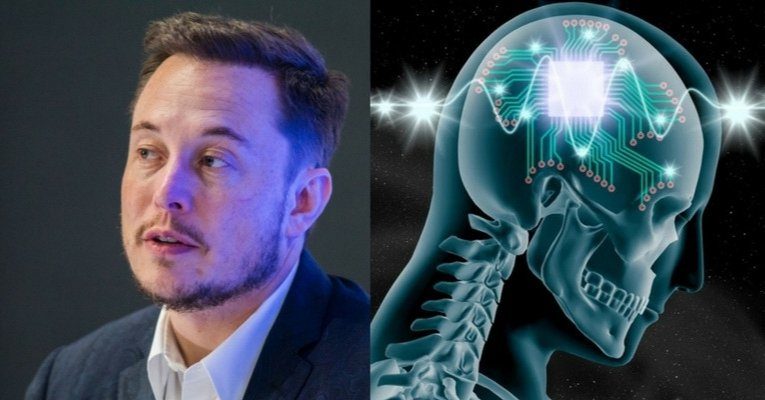The team is developing this technique in hopes of building technology that is capable of monitoring brain activity. The study has been deemed "the 'sewing machine' for minimally invasive neural recording," since the technique works sort of like a sewing machine.
"Here, we demonstrate the feasibility and scalability of this approach with a system incorporating fine and flexible thin-film polymer probes, a fine and stiff insertion needle, and a robotic insertion machine. Together the system permits rapid and precise implantation of probes, each individually targeted to avoid observable vasculature and to attain diverse anatomical targets," the study says.
In the study, researchers implanted arrays of electrodes in the brains of rats and then recorded their responses.
The researchers concluded:
"We have repeatedly and reliably implanted our thin, flexible electrodes in both agarose tissue proxy and the brains of rats."An alarming detail of the study is that the procedure was carried out by none other than a robot.
"Because the whole insertion process is automated and the robot can move quickly, per-thread insertion times were quite short. Indeed, other than the needle insertion, which is performed at 0.1-2 mm/s, robot movements are rapid, up to 100 mm/s. This allows for the per-thread insertion cycle times of less than 9 seconds. Such rapid insertion allows for large numbers of electrodes to be inserted in a practical surgical timeframe," the study indicated.
Those left unsettled by these developments can rest assured, however, that this technology appears quite far from entering the market for human use. The researchers noted that the procedure caused injuries in lab rats and did not seem durable for long term use. Though the research team is reportedly working to perfect the process and will hopefully minimize these dangers over time.
Comment: Don't you feel better now?
"Another significant consequence of sewing on the tissue condition was the presence of large penetrating lesions that were clearly associated with the insertion process. It is also likely that the inserter needle can inflict a more significant injury by accidentally stabbing a larger blood vessel such as a penetrating arteriole on its way. Overcoming these technical problems and improvements to the surgical techniques are underway," the study said.
The Neuralink headquarters is in San Francisco's Mission District, where it shares an office building with OpenAI, another company co-founded by Musk. However, very little is known about the company aside from a few vague long-term plans revealed by Musk during interviews.
Musk has said that they are working on a neural lace that will act as a "digital layer above the cortex," which he hopes will achieve a "symbiosis with artificial intelligence."




Comment: See also: